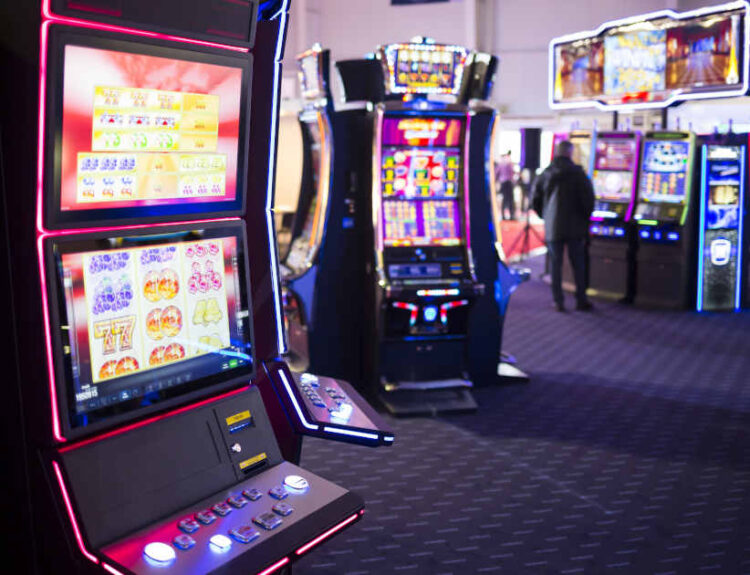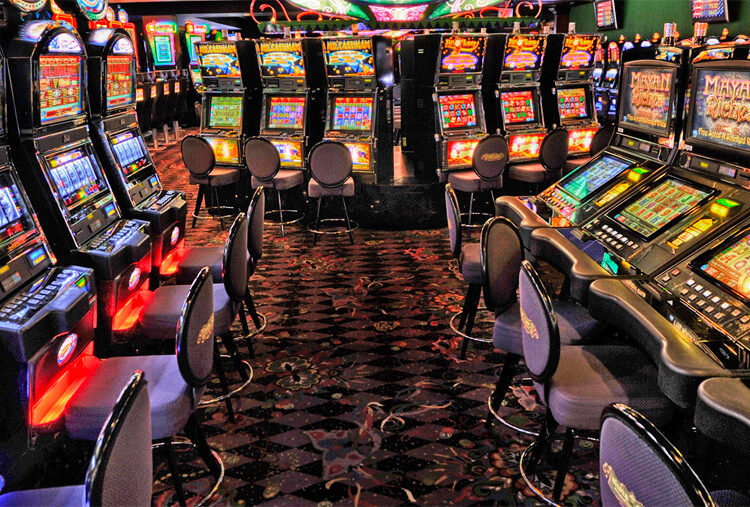Introduction: More Than Just a Spin
Slot machines are the undisputed icons of the gambling world—flashing lights, hypnotic sounds, and the irresistible pull of a lever (or the tap of a screen). From vintage fruit machines in smoky pubs to sleek, immersive video slots in modern casinos, the journey of the slot machine reflects an intriguing blend of technology, psychology, and entertainment. Today, slot games are no longer confined to brick-and-mortar casinos; they have exploded into the online realm, attracting millions of players globally. But beyond their surface appeal lies a fascinating world of history, design theory, and evolving cultural relevance. This article explores the evolution of slot machines, the mechanics behind their popularity, and the reasons why these simple games continue to captivate hearts and bankrolls alike.
A Brief History: The Birth of the One-Armed Bandit
The origins of the slot machine date back to the 1890s, when Charles Fey, a mechanic from San Francisco, designed the “Liberty Bell” machine. This invention featured three mechanical reels and five symbols—horseshoes, diamonds, spades, hearts, and a cracked Liberty Bell. A jackpot was awarded when three bells aligned, paying out a generous 50 cents. With its automatic payout system and easy gameplay, the Liberty Bell became the prototype for future machines.
Throughout the 20th century, slot machines became a mainstay in bars and casinos across the United States. The 1960s saw the advent of electromechanical machines, followed by fully digital video slots in the 1980s. The introduction of microprocessors allowed developers to create more intricate games with advanced features, including bonus rounds, multiple paylines, and progressive jackpots.
The Mechanics of Play: How Slot Machines Work
At their core, slot machines operate on a simple concept: match symbols across designated lines to win a payout. However, beneath that simplicity lies a sophisticated system powered by random number generators (RNGs). These algorithms ensure that every spin is independent and unpredictable, making the game truly one of chance.
Key Components of Modern Slots:
-
Reels: Traditionally, slots had three reels, but modern games often feature five or more.
-
Paylines: These are the specific patterns that determine winning combinations. Some slots offer fixed paylines, while others allow players to choose the number of lines they wish to bet on.
-
Symbols: These range from basic fruits and numbers to themed characters and wild icons.
-
Wilds and Scatters: Wild symbols substitute for other symbols to complete winning lines, while scatters often trigger free spins or bonus games.
-
Return to Player (RTP): Expressed as a percentage, RTP indicates how much of the total bet amount is theoretically returned to players over time.
Understanding these elements helps demystify the gameplay and empowers players to make more informed choices.
Why Slot Machines Remain So Popular
Despite being games of pure chance, slots are more popular than any other casino game. Their appeal goes beyond jackpots or flashy visuals—it taps into deeply rooted psychological mechanisms.
1. Instant Gratification
Each spin is resolved in seconds, offering immediate feedback. The fast-paced nature of the game satisfies the human craving for quick results.
2. Low Entry Barrier
There’s no need to learn complex rules or strategies. Anyone can sit down and start playing within seconds, making the game accessible to all.
3. Variety and Themes
From mythology and history to pop culture and fantasy, slot games cater to a wide array of interests. This thematic diversity keeps the experience fresh and engaging.
4. Sensory Engagement
Slots are designed to appeal to the senses. Lights, animations, and sound effects work together to create a stimulating environment that encourages prolonged play.
5. Progressive Jackpots
Some slots offer life-changing prizes through progressive jackpots, which accumulate across a network of machines or online games. This adds an element of dream-like possibility to every spin.
Types of Slot Machines: A Game for Every Player
Slots have diversified significantly, with numerous variations to suit different play styles and preferences.
-
Classic Slots: These mimic the original machines, with three reels and limited features. Ideal for players seeking simplicity and nostalgia.
-
Video Slots: Featuring five or more reels, dynamic graphics, and interactive bonus games, these are the most common form of online slots.
-
Progressive Slots: These link multiple machines or games to build a single jackpot that can reach millions.
-
3D Slots: Enhanced visuals and cinematic storytelling elevate the gameplay, making it more immersive.
-
Megaways Slots: These offer thousands of ways to win on each spin, thanks to changing reel structures.
The Digital Revolution: Slots in the Online Era
The internet has transformed slot gaming from a solitary casino experience into a global, interactive phenomenon. Online casinos offer thousands of slot titles, each with unique features and mechanics. Players can spin from their phones, tablets, or desktops, with access to free demos, real-money games, and even social tournaments.
Benefits of Online Slots:
-
Convenience: No need to travel to a casino—players can enjoy games anytime, anywhere.
-
Bonuses and Promotions: Online platforms frequently offer welcome bonuses, free spins, and loyalty programs.
-
Wide Selection: A far greater variety of games is available online compared to physical machines.
-
Fair Play Assurance: Regulated online casinos use certified RNGs and publish RTP rates, ensuring transparency.
The Psychology of Slot Design
Slot machines are meticulously designed to engage players emotionally and cognitively. The unpredictability of the outcome triggers dopamine release—a neurotransmitter linked to reward and pleasure. Even near-misses and small wins create a sense of success that encourages further play.
Key Design Techniques:
-
Losses Disguised as Wins: Celebratory sounds and animations often play even when the payout is less than the wager.
-
Variable Reward Schedules: Randomized wins keep players guessing and engaged, similar to behavior observed in habitual reinforcement cycles.
-
Engaging Narratives: Many slots now offer evolving storylines and level-based progression, transforming simple spins into immersive adventures.
Responsible Gaming: Playing with Awareness
While slots can be immensely entertaining, their immersive nature also presents risks. Modern gaming platforms emphasize responsible play through various tools and reminders.
-
Time and Spending Limits: Players can set caps to control their gaming habits.
-
Reality Checks: Periodic pop-ups inform users of the time and money spent.
-
Self-Exclusion Options: Individuals can opt to take a break or permanently block access.
Awareness and self-discipline are essential to maintaining a healthy and enjoyable relationship with slot games.
Conclusion: A Spin Through Entertainment History
Slot machines have come a long way since the days of the Liberty Bell. What started as a mechanical curiosity has grown into a multifaceted, billion-dollar industry, influencing digital entertainment and player behavior alike. Their continued success lies in their capacity to evolve—technologically, visually, and psychologically—while retaining their core appeal: the thrill of the unknown.
Whether you’re a casual spinner chasing a brief distraction or a dedicated enthusiast exploring elaborate features and jackpots, slot machines offer a uniquely captivating experience. In an ever-changing world of entertainment, the spin of the reel remains a timeless invitation to dream, dare, and delight.





